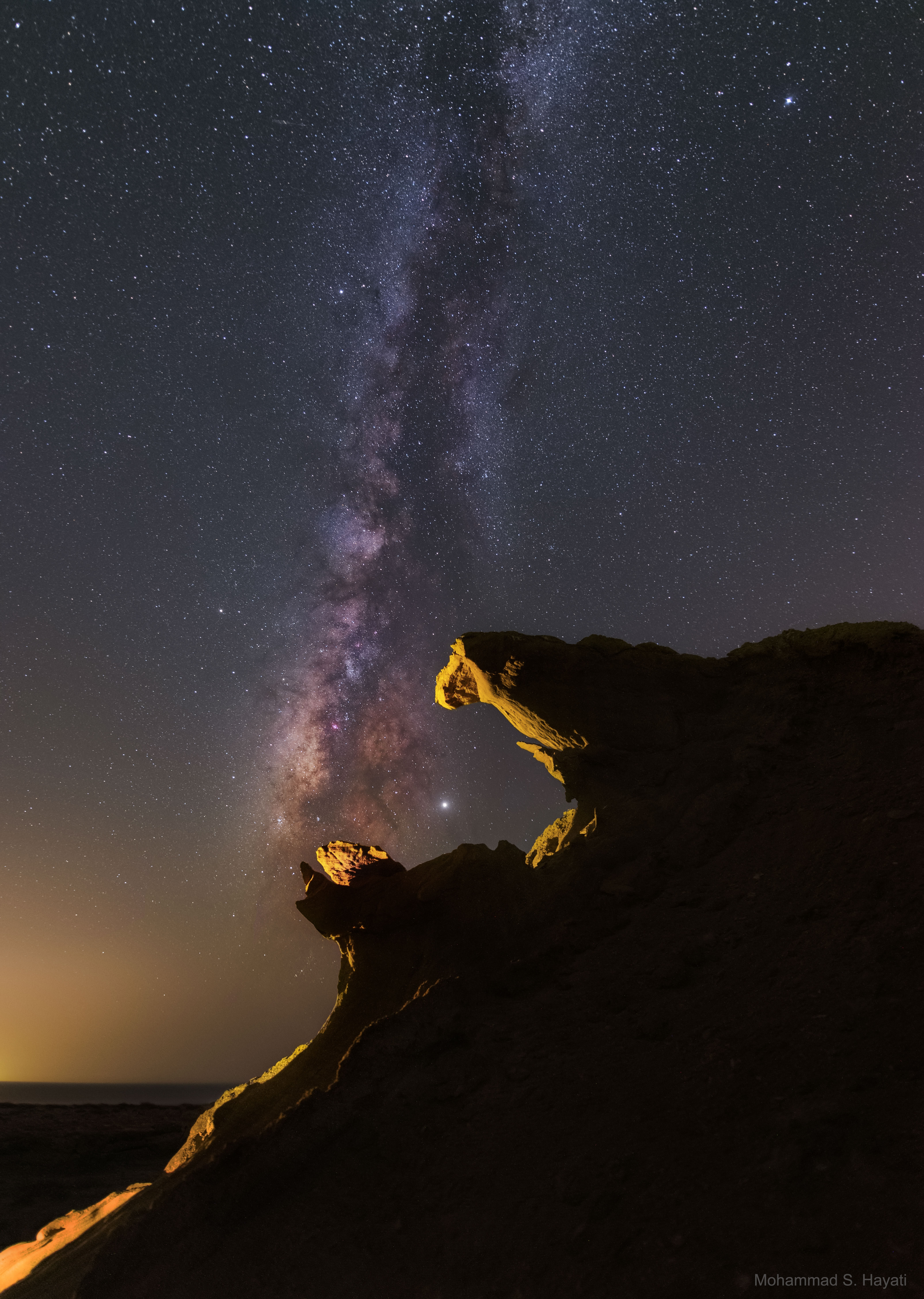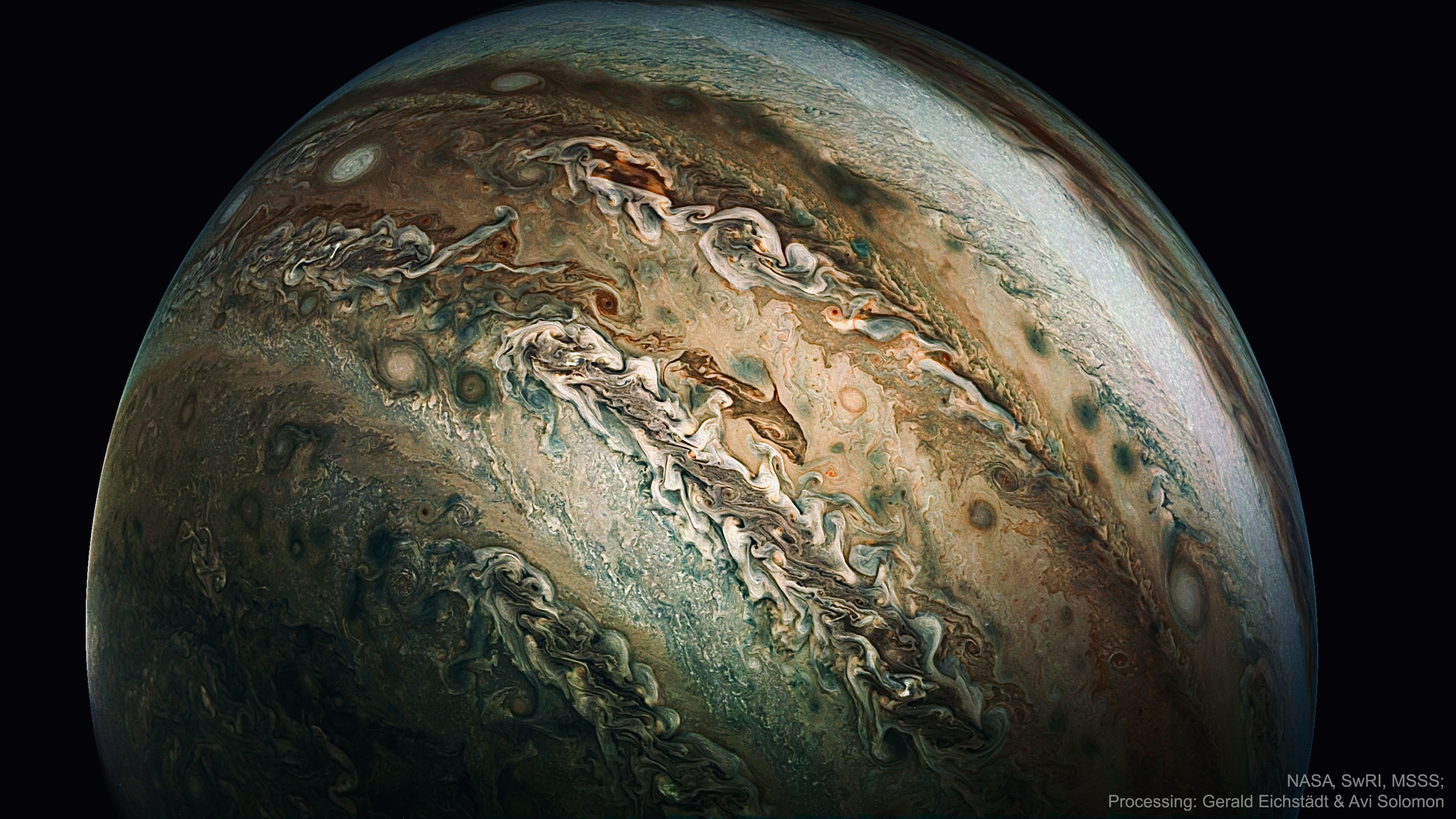

The bright clouds and their shadows range from approximately four to eight miles (seven to 12 kilometers) in both widths and lengths. Within some of the bright “arms” of this storm, smaller clouds and banks of clouds can be seen, some of which are casting shadows to the right side of this picture (sunlight is coming from the left). The darker clouds are expected to be deeper in the atmosphere than the brightest clouds. The storm is rotating counter-clockwise with a wide range of cloud altitudes. The image was taken on Octofrom a distance of about 6,281 miles (10,108 kilometers) from the tops of the clouds of Jupiter. Read moreįrom the NASA description: This color-enhanced image of a massive, raging storm in Jupiter’s northern hemisphere was captured by NASA’s Juno spacecraft during its ninth close flyby of the gas giant planet. See also “ The Photoshoppers Behind Dreamy Jupiter Photos” from November 2017. Many thanks to Seán Doran for sharing these images here, and to the teams involved in bringing them to Earth at NASA, the Southwest Research Institute (SwRI), and Malin Space Science Systems (MSSS). Cloudtops pop into view, swirls and structure and depth become more apparent, and the enormous roiling atmosphere seems almost within grasp. Citizen scientists like Seán Doran and Gerald Eichstädt have been finessing these images,-enhancing the existing contrasts and boosting the colors to create really amazing views of our solar system’s largest planet.

The JunoCam imaging instrument, one of nine scientific instruments on board, has been returning red, green, and blue filtered images of Jupiter to Earth, and NASA is encouraging anyone to download, process, and share them. NASA released an amazing gallery of photos of Jupiter taken by Juno, showing the large planet's swirling atmosphere and two mysterious streaks.Launched in 2011, NASA’s Juno mission to Jupiter arrived in mid-2016, and the spacecraft maneuvered into a 53-day orbit around the gas giant. If you're interested in seeing more finish photos or taking a stab at your own post-production, check out NASA's dedicated Juno website. Processed by Eichstädt and Seán Doran, another regular contributor, it shows a closeup detail of Jupiter's swirling clouds.

In fact, another photo taken during perijove 25 is equally as stunning. Citizen scientist Gerald Eichstädt, who worked on this image, regularly contributes and his excellent work helps transform the RAW images into visually pleasing work for the public. NASA publishes these photos regularly and allows the public to process them and post them back to NASA. This photograph is one of many images processed from RAW data by the JunoCam. Some researchers believe that these jet streams could influence the formation of the haze. In this photograph, the lines are flanked by two jet streams in Jupiter's atmosphere. NASA describes them as “layers of haze particles that float above the underlying cloud features.” Though scientists aren't exactly sure, their location may give us insight into what they're made of and how they form. What are these stripes? Researchers have noticed these bands since Juno's first close flyby in 2016.


 0 kommentar(er)
0 kommentar(er)
